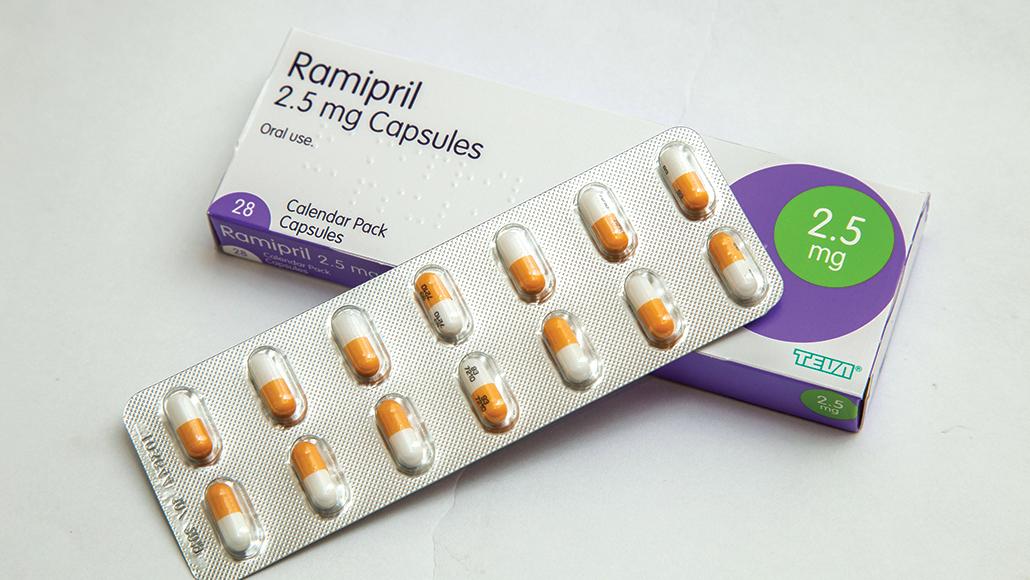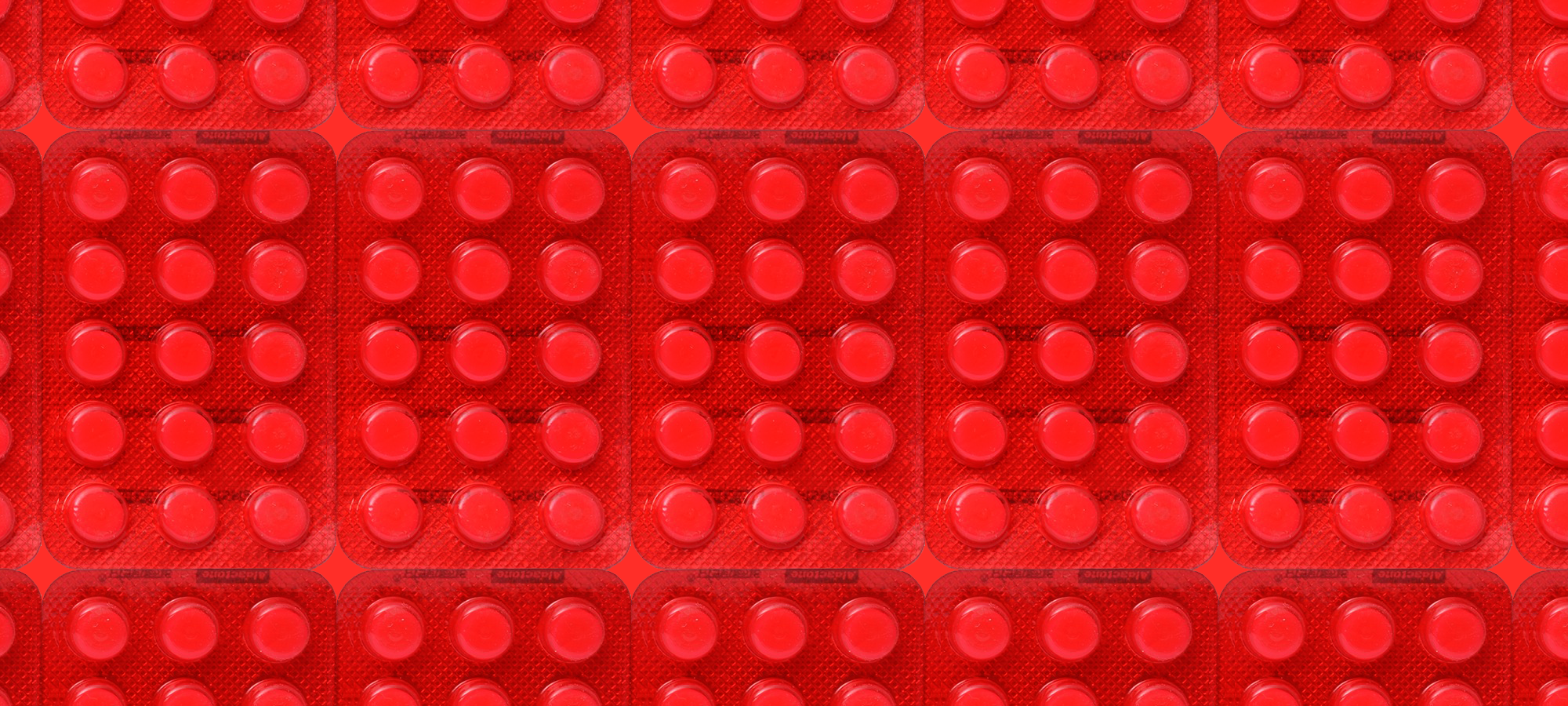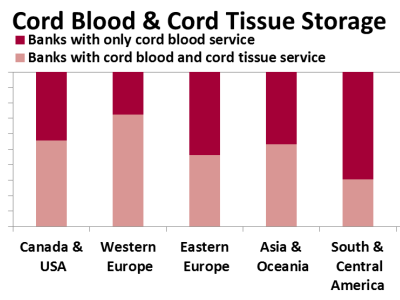Hypoxemia is a sign of a problem related to breathing or circulation and may result in various symptoms such as shortness of breath. If a pulse ox measured your blood oxygen level SpO2 a normal reading is typically.
 Amazon Com Viatom Wrist Blood Oxygen Saturation Monitor Rechargeable Free App And Pc Report Adjustable Vibration Alert Low Blood O2 Bluetooth Sleep Tracker For General Wellness Use Sports Outdoors
Amazon Com Viatom Wrist Blood Oxygen Saturation Monitor Rechargeable Free App And Pc Report Adjustable Vibration Alert Low Blood O2 Bluetooth Sleep Tracker For General Wellness Use Sports Outdoors
95 confidence interval CI 11-28.

Blood oxygen 90. When blood oxygen levels fall below 60 mm Hg or 90 percent saturation they are considered very low. The normal values of SpO2 range from 92 to 100 percent. Hypoxemia can cause mild problems such as headaches and shortness of breath.
A person with low Oxygen saycynicism blas 85 to 90 percentis really based on pts. A normal blood oxygen level varies between 75 and 100 millimeters of mercury mm Hg. A reading this low means you might need supplemental oxygen or that there may be challenges that affect how.
This is the result that when normal falls between 75 100 mmHg. Can be very dangerous depending on individuals ability to copeDecreased says can cause extreme irritabilityconfusionmemory loss. When your liver kidneys heart and other organs do not receive.
According to the Mayo Clinic values under 60 mm Hg usually indicate that a person needs supplemental oxygen. Hypoxemia is a below-normal level of oxygen in your blood specifically in the arteries. Normal arterial blood oxygen levels as measured by an arterial blood gas range from 75 to 100 millimeters of mercury mm Hg which is a measurement of the amount of oxygen that is dissolved in the arterial blood.
Blood oxygen levels below 90 are considered low hypoxemia. Oxygen levels are best measured with an arterial blood gas test that also measures carbon dioxide and pH or less precisely with an oximeter a device that clips on the end of a finger and shines a light through it. In severe cases it can interfere with heart and brain function.
As we know oxygen is an essential element for the proper functioning of our organs. If this happens its critical to head to the hospital immediately. A blood oxygen level below 60 mm Hg is considered low and may require oxygen supplementation depending on a.
All of the cells in the body need oxygen to. They may be used to low says85 to 90 percent is low After 30 min. Blood carries oxygen to the cells throughout your body to keep them healthy.
A normal ABG oxygen level for healthy lungs falls between 80 and 100 millimeters of mercury mm Hg. Low oxygen levels can have a negative effect on body organs. Your bloodstream must be able to circulate blood to your lungs take up the oxygen and carry it throughout your body A problem with any of these factors for example high altitude asthma or heart disease might result in hypoxemia particularly.
Call your health care provider. 91 to 94 This oxygen level is concerning and may indicate a medical problem. Hypoxemia is determined by measuring the oxygen level in a blood sample taken from an artery arterial blood gas.
Oxygen Level Guidance 90 or less This oxygen level is very concerning and may indicate a severe medical problem. If the saturation threshold for hospitalization was 92 then there was no association with adverse events adjusted OR 11 95 CI 08-17 P 48. In order to be considered healthy you need at least a 90 blood oxygen saturation level reading from a pulse oximeter according to the Mayo Clinic.
Call 911 or go to your nearest emergency room immediately. Hyperoxemia is generally detected using ABG testing and is defined as blood oxygen levels above 120 mmHg. The oxygen in the blood is carried by a specific type of cell called the Red Blood Cells RBCs that transport the oxygen from the lungs to different body parts.
This is your partial pressure of oxygen and it measures the pressure of oxygen dissolved in your blood and how well oxygen is able to move from your lungs into the blood. What happens when blood oxygen dips too low When your blood oxygen reading falls below that 90 percent threshold youll likely feel a variety of. Hypoxemia that causes low oxygen levels in your bodys tissues is called hypoxia.
This is mostly seen in hospitals when patients are exposed to high pressures of supplemental oxygen for prolonged periods 3 to more than 10 hours. Sometimes people use the two terms. Low oxygen level also called hypoxemia is considered a reading between 90 and 92.
For a healthy person SpO2 values usually fall between 94-96 percent. You may need an urgent x-ray or heart test. However a value below 90 percent during a COVID-19 outbreak could indicate low oxygen level a condition known as hypoxemia.
Ways Low Oxygen Levels Affects Your Body. Levels above 90 percent are not considered low so you probably are worrying unnecessarily. Blood oxygen saturation.




